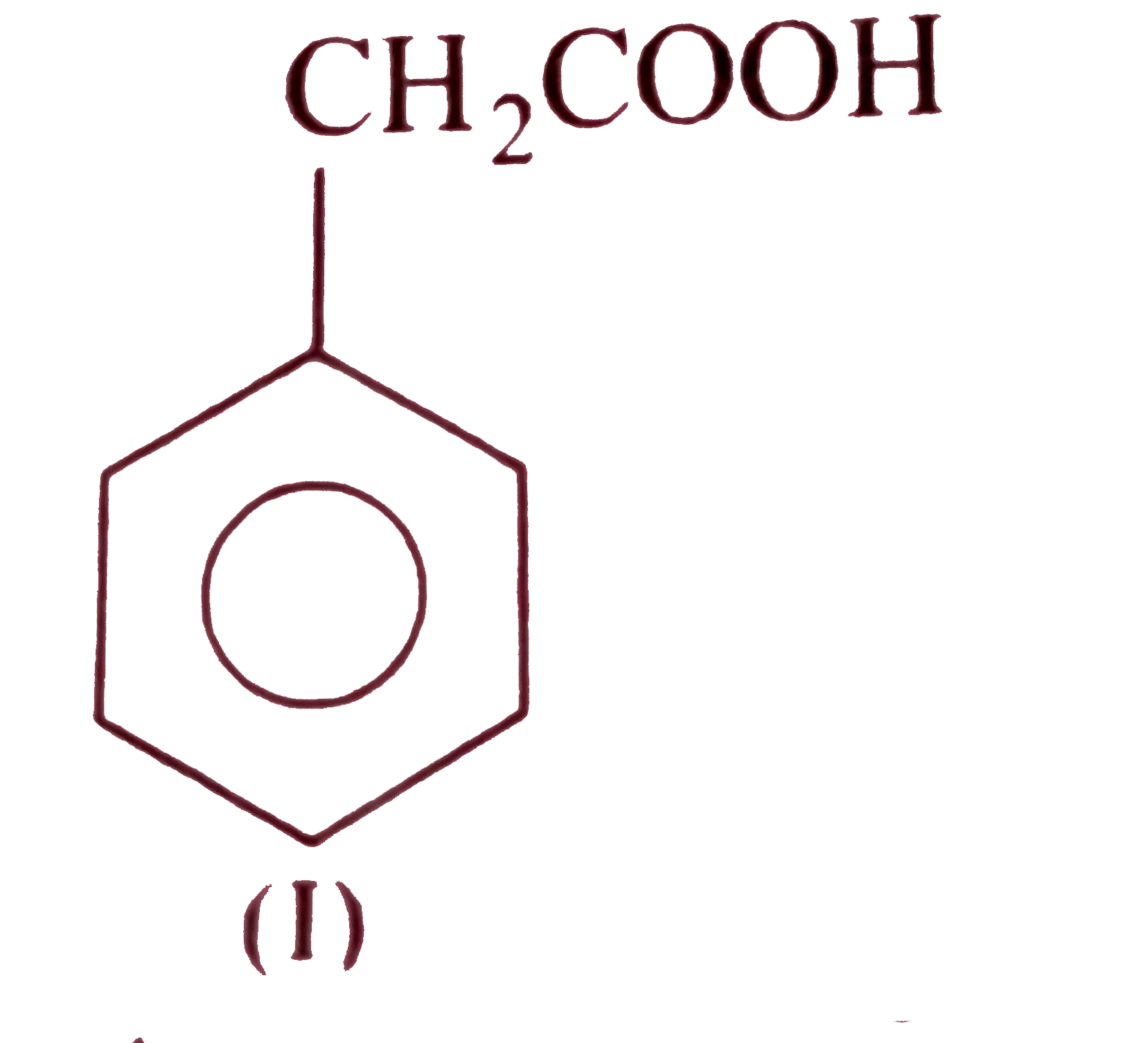Assertion:- H-COOH and H−COOCH3 are homologous.
Reason:- Homologouses differ by atleast one CH_(2) unit.
If both Assertion & Reason are True & the Reason is a correct explanation of the Assertion.
If both Assertion & Reason are True but Reason is not a correct explanation of the Assertion.
If Assertion is True but the Reason is False.
If Assertion is False but the Reason is True.
The correct Answer is:D
Step by step video, text & image solution for Assertion:- H-COOH and H-COOCH_(3) are homologous. Reason:- Homologouses differ by atleast one "CH_(2)" unit. by Chemistry experts to help you in doubts & scoring excellent marks in Class 12 exams.
Updated on:21/07/2023Topper's Solved these Questions
- TEST PAPERSBook:ALLENChapter:TEST PAPERSExercise:part-2Chemistry
Explore 21 Videos
- TEST PAPERSBook:ALLENChapter:TEST PAPERSExercise:part-2 Chemisty
Explore 18 Videos
- TEST PAPERSBook:ALLENChapter:TEST PAPERSExercise:PAPER 2
Explore 58 Videos
- TEST PAPER 4Book:ALLENChapter:TEST PAPER 4Exercise:CHEMISTRY
Explore 45 Videos
- THERMODYNAMICS Book:ALLENChapter:THERMODYNAMICS Exercise:EXERCISE -4
Explore 18 Videos
Similar Questions
Knowledge Check
Assertion : CH3COOH andCH3COO− are acid-base pairs.
Reason : These differ by H+AAssertion and reason both are correct statements and Reason is correct explanation for assertion.BAssertion and reason both are correct statement but reason is not correct explanation for assertionCAssertion is correct statement but reason is wrong statement.DAssertion is wrong statement but reason is correct statementAssertion :- CH3−O−C3H7 and C2H5−O−C2H5 are metamer.
Reason:- They are differ in alkyl group around polyvalent functional group.AIf both Assertion & Reason are True & the Reason is a correct explanation of the Assertion.BIf both Assertion & Reason are True but Reason is not a correct explanation of the Assertion.CIf Assertion is True but the Reason is False.DIf both Assertion & Reason are False.Assertion (A): Following are the members of a homologous series :
CH3OH,CH3CH2OH,CH3CH2CH2OH
Reason (R): A series of compounds with same functional group but differing by −CH2− unit is called a homologous seriesABoth (A) and (R) are true and (R) is correct explanation of the assertion.BBoth (A) and (R) are true and (R) not is correct explanation of the assertion.C(A) is true but (R) is false.D(A) is false but (R) is true.
Assertion (A) : Following are the members of a homologous series: CH3OH,CH3CH2OH,CH3CH2CH2OH
Reason (R ) : A series of compounds with same functional group but differing by −CH2− unit is called a homologous series.
View SolutionAssertion (A): pH value of 0.1 M CH3COOH is more than one.
Reason (R):CH3COOH is weakly ionised.
View Solution
CH2=CHCH2−COOH
CH3CH2COOH Arrange the following acids in decreasing order of [H+] conc.
View SolutionAssertion (A): The pH of an aqueous solution of CH3COOH remains unchanged on the addition of CH3COONa.
Reason (R) : The pH of an aqueous solution of CH3COOH remains unchanged on the addition of CH3COONa.
Reason (R) : The ionisation of CH3COOH is supressed by the addition of CH3COONa.
View SolutionKinetic of acidic hydrolysis of ester is a pseudo Ist order reaction
CH3COOCH3(aq)+H2_(excees)(l)
H+−−→CH3COOH(aq)+CH3OH(aq)
Rate law is given by r=K[H+][H2O][CH3COOCH3]
K=1.8×10−3M−2sec−1 where H+ ion concentration is given by acid catalyst in an experiment 1 M CH3COOCH3 is hydrolyscd using 0.1 M HCI as catayst.
Reaction mixture is titrated against standard NaOH solution at different times If initially 10 ml Of NaOH was required while after long time 100 ml of NaOH is required then find volume of NaOH required at 230.3 sec
View Solution

